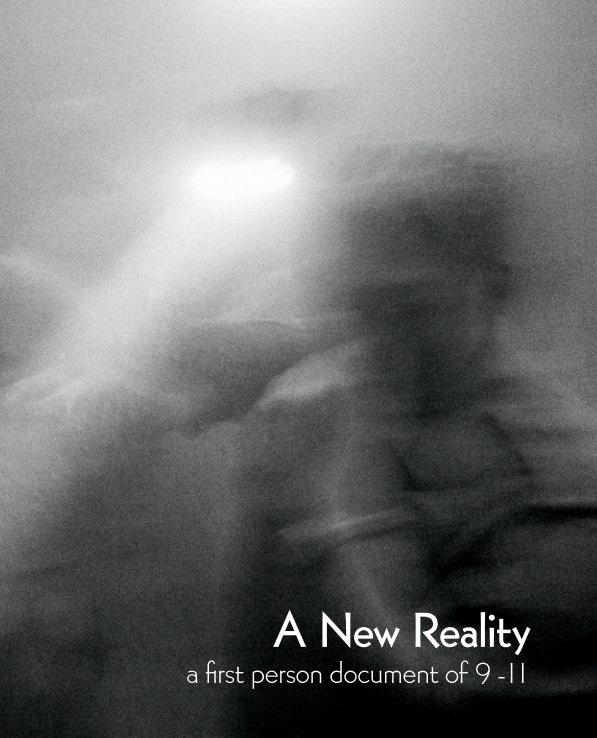A New Reality
A first person document of 9-11
by Eric O'Connell
This is the price your customers see. Edit price list
This book is available to buy on Amazon
About the Book
In 1915, the artist Paul Klee said, "The more horrifying this world becomes (as it is these days) the more art becomes abstract; while a world at peace produces realistic art." His words seem prophetic today, and he might be right.
In these photos – photos of destruction and death – there is also beauty in an abstract sense. The tragedy of 9/11, no matter one's political orientation, brought people together – nations, states, cities and New Yorkers helping New Yorkers – in short, humans helping other humans. For weeks after, people acted towards total strangers as if they’ve known each other for years. In this there was beauty.
A body part separated from its corpus becomes a grotesque object of abstraction. Separated from the corporeal, and abstracted by its placement in the world, it becomes a reminder of something we never see – this is what bombs produce. Horror and shock of this scene becomes a reflection on our own humanity, and of our vulnerabilities. The abstract scenes of papers, shoes and people out of place – the chaos of the moment – yet viewed in the safety of a gallery room is the same as the strange inner space of calmness one experiences in confusing and out of control moments.
Out of the confusion and chaos came a calmness and concern for others, mostly unseen in the day-to-day life of New York City. My world was abstracted in the moments of chaos that I photographed before and after the towers collapsed. The familiar – my downtown, my neighborhood, and the streets on which I ride my bike – became the unfamiliar, and these photos reflect the realism of the phenomenological experience, the abstractness of memory and remembrance, during and immediately after the towers of the World Trade Center fell.
In these photos – photos of destruction and death – there is also beauty in an abstract sense. The tragedy of 9/11, no matter one's political orientation, brought people together – nations, states, cities and New Yorkers helping New Yorkers – in short, humans helping other humans. For weeks after, people acted towards total strangers as if they’ve known each other for years. In this there was beauty.
A body part separated from its corpus becomes a grotesque object of abstraction. Separated from the corporeal, and abstracted by its placement in the world, it becomes a reminder of something we never see – this is what bombs produce. Horror and shock of this scene becomes a reflection on our own humanity, and of our vulnerabilities. The abstract scenes of papers, shoes and people out of place – the chaos of the moment – yet viewed in the safety of a gallery room is the same as the strange inner space of calmness one experiences in confusing and out of control moments.
Out of the confusion and chaos came a calmness and concern for others, mostly unseen in the day-to-day life of New York City. My world was abstracted in the moments of chaos that I photographed before and after the towers collapsed. The familiar – my downtown, my neighborhood, and the streets on which I ride my bike – became the unfamiliar, and these photos reflect the realism of the phenomenological experience, the abstractness of memory and remembrance, during and immediately after the towers of the World Trade Center fell.
Author website
Features & Details
- Primary Category: Arts & Photography Books
-
Project Option: Standard Portrait, 7.75×9.75 in, 20×25 cm
# of Pages: 54 -
Isbn
- Hardcover, Dust Jacket: 9781320061063
- Publish Date: Sep 27, 2011
- Language English
- Keywords 9/11, war photography, september 11
See More
About the Creator
Eric O'Connell
Los Angeles, CA,
Eric O’Connell is a photographer and visual anthropologist with nearly 20 years of experience in photojournalism, commercial photography and ethnographic film research. Mentored by such masters as Michael “Nic” Nichols, Antonin Kratochvil, and David Allen Harvey, Eric has had the pleasure of meeting and working with amazing personas. His work has been published in major publications worldwide, exhibited in the U.S., Europe, and used in several advertising campaigns globally. Eric splits his time between New York and Los Angeles.


